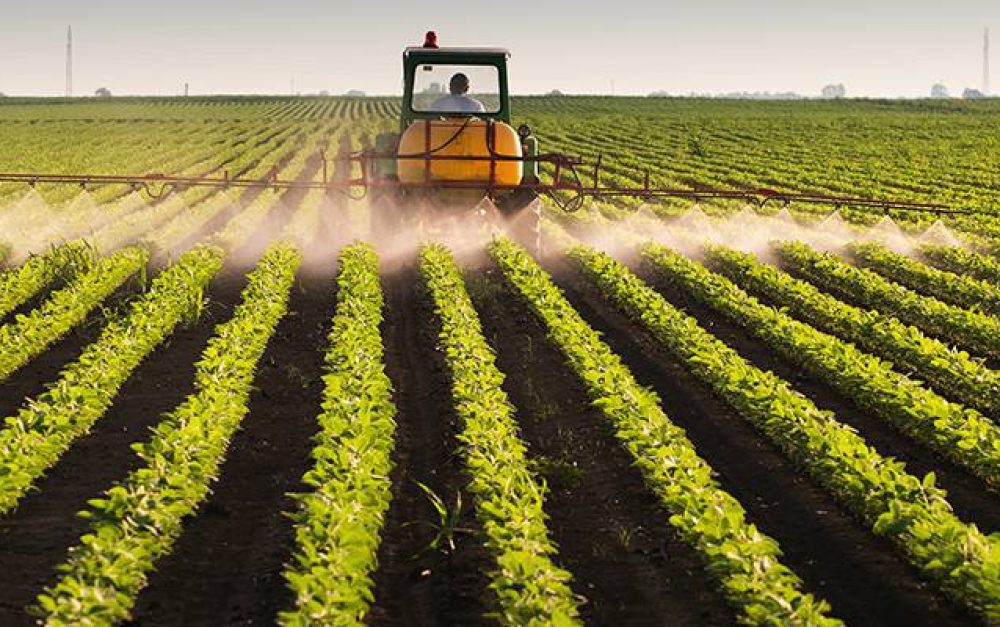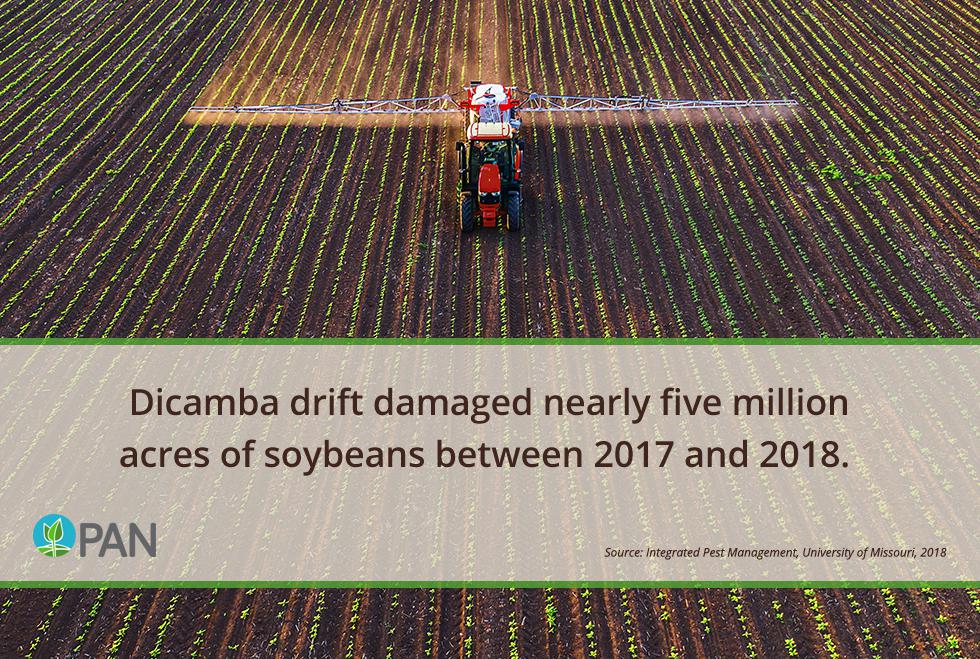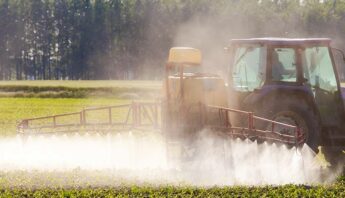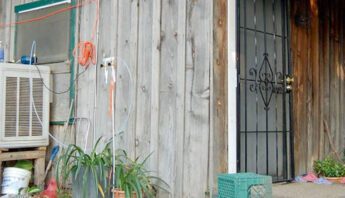In Iowa and other agricultural states across the country, drifting pesticides can undermine farmers’ ability to farm as they choose, jeopardize the state’s local food economy, and put the health of Iowa’s children and communities at risk.
Yet there’s very little support for farmers facing crop losses as a result of drift. With agrichemical corporations exercising undue influence in the agencies that are tasked with regulating food and farming, chemical-intensive growing practices are pushed as the solution to managing weeds — which does nothing but make profits for these corporations while exacerbating the drift crisis. And without price security for commodity crops, farmers are left without resources or financial support to grow food in a different way, forced to operate in crisis mode, defending their crops from both drift and pesticide-resistant “super weeds.”
In addition, there are few rules in place to protect the well-being of rural families and communities from drift — or even measure its impact on human health.
What we’re doing
Despite financial and regulatory obstacles, there is a robust movement of Iowa farmers, farmer organizations and rural residents who are working hard in the fields and at the Capitol to build a healthy, vibrant food system in Iowa. PAN is working to support their vision of reforming statewide policy around the problem of pesticide drift, ensuring Iowa farmers’ rights to farm as they choose, and protecting communities and local food systems from exposure to drifting pesticides.
- Our coalition is working with state legislators to introduce new laws to strengthen the system for reporting and investigating drift incidents, ensure farmers are adequately compensated for damaged crops, and set up a statewide system to track pesticide use. We put direct pressure on regulators through lobbying, emails and phone calls, not only from our key coalition members but also from a growing community of concerned supporters across Iowa.
- Our grassroots science drift data, collected using our Drift Catcher device, continues to spotlight the drift problem, and our In Case of Drift toolkit is available to assist farmers and community members in responding to drift incidents.
- We are working to raise the profile of pesticide drift as a serious issue in Iowa, sharing farmer stories of experiencing drift incidents and consequences, as well as tracking and reporting on latest news around drift-prone pesticides like dicamba and the damage it has caused to neighboring crops and surrounding areas over the past few growing seasons.
- We also continue to highlight alternatives to using drift-prone pesticides, spotlighting success stories of farmers who have been able to reduce the harms of drift by adopting ecological farming practices.
Get involved!
If you’re an Iowan concerned about pesticide drift, join our email list for regular updates on state policy work, latest science, and upcoming events.
If you’re a farmer or community member who has experienced drift, check out our In Case of Drift kit for assistance on who to talk to and how to report. Or contact PAN to share your drift story.
Dig deeper
See below for further information and facts about pesticide drift and solutions.
How drift happens
Even the most careful, responsible pesticide sprayer cannot control what happens to pesticide droplets once they are released from a plane or tractor. Too often, these droplets end up settling in someone’s yard, mixing with dust in someone’s house, landing on another farmer’s crops, or coating the skin of someone who happens to be at the wrong place at the wrong time. This type of drift — when a pesticide application misses its target — is called spray drift.
Another common kind of drift that is also dangerous, but largely ignored, is volatilization drift. This happens when pesticides slowly evaporate into the air from the soil or plants after application, and it can take place over the course of many days.
When drift happens, agrichemical corporations are quick to point fingers at farmers for applying pesticides incorrectly, but certain problem chemicals like dicamba will drift no matter how careful and thorough the application. Chemical companies are knowingly pushing unsafe products into our food and agriculture system — farmers should not be given the blame for this crisis.
Harming health, damaging crops
Many of the most toxic pesticides are also the most drift-prone, floating into nearby homes, schools and fields putting families, farmworkers and sensitive crops at risk. The health harms of breathing these pesticides — “inhalation exposure” — are often overlooked or underestimated by government officials.
Herbicides drifting from a neighbor’s farm can wipe out an entire season’s worth of crops for farmers. Financial losses can be staggering, with hundreds of thousands of dollars on the line. Jordan Scheibel, a vegetable farmer from central Iowa, described his concerns:
Pesticides drifting from nearby fields is a very real problem for farmers in Iowa. These are not isolated incidents and no one is helped when they are swept under the rug or treated as collateral damage we have to overlook as an agricultural state. It’s a serious economic, public health and legal issue.
Stronger drift policies
Alongside a coalition of farmers’ organizations, we’re working with legislators to pass commonsense new laws that would:
- Improve reporting of pesticide drift incidents, making the reporting process easier for farmers and the data publicly available to support smart, evidence-based policies on drift.
- Speed up drift investigations, so farmers can be quickly assured if their crops are safe for sale and consumption, and — if not — can be swiftly compensated for their loss.
- Ensure farmers are adequately compensated in case of crop damage from pesticide drift. This decreases the likelihood that drift damage will put yet another farmer out of business.
- Establish statewide pesticide use reporting, granting farm families, health professionals, and policymakers access to data they need to protect themselves and their communities from pesticide exposure.








